The Power of Community Interconnectedness
IN(TER)VIEW, Ruth Thomas-Squance - 7 mins read
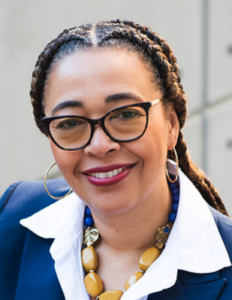 We spent time with Ruth Thomas-Squance to explore where public health and community development can meet, where that intersection stands coming out of the pandemic, and the importance of awareness in this kind of work.
We spent time with Ruth Thomas-Squance to explore where public health and community development can meet, where that intersection stands coming out of the pandemic, and the importance of awareness in this kind of work.
Could you share about, you know, your work as a community development partner, and what are some of the ways that you connect to this work?
Ruth: I work together with Colleen Flynn, who’s my co-Executive Director, and we lead the Build Healthy Places Network. We’re a national organization, working at the intersection of public health, community development, and healthcare where we focus on transforming the way these sectors work together to create community-centered investments that can advance racial equity and improve the factors that impact people’s health and support wellbeing in all communities.
We believe that by applying systems thinking to cross-sector partnerships we can create healthier thriving communities.
One of our recent projects is called Community Innovations for Racial Equity, where we’ve led peer learning cohorts with BIPOC-led community development organizations that were developing health strategies. One component of that project involved interrupting internalized racism because it was a safe space for practitioners to feel validated, to express the difficulties in this work, and to get that shared energy from peer-to-peer learning. We need to build into our systems and operations the opportunity for us to pause and assess where we are disrupting some of these deeply learned ways of working that are embedded in our systems. It can be challenging, individually and institutionally, to accept that you may be doing harm, or there may be collateral damage or unintended consequences of a well-intended policy or program.
What do we do when we realize that we are perpetuating some of the same problems that we are trying to work against? How do we do that in, in practice?
Ruth: You have to have self-awareness and other awareness. The self-awareness to stop and do that interrogation, and other awareness, in listening to either the organizations we’re working with or the communities we’re seeking to serve, to understand how your work is impacting others to hear where that’s not landing where we intended. Then focus on making and sharing those changes in the spaces around you.
It’s not a radical notion to say that every community deserves that agency. Sometimes we get so carried away with feeling good about the work, that we’re not listening to who we’re doing the work for, and how they might be driving that. It’s a simple thing to say, but it’s an actual systems change in how we operate. It would mean, you’re listening more, you’re deferring more. This shift involves reassigning value to community-driven data, changing how we’re collaborating and how we’re working with the community and centering them, and also acknowledging the power of the community.
As we are continuing in the pandemic, or, you know, in this era of COVID, and many other illnesses, how do we kind of navigate the current demands of public health while maintaining steadfast to our commitment to anti-racism?
Ruth: I think the key to this is that many of these deeper, persistent problems or multi-system problems, need multi-system solutions, and that it is almost impossible for a single sector to hold all those solutions alone. Collaboration across sectors can unlock new potential for addressing underlying drivers of health inequities. One project that we have worked on most recently is looking at the role public health can play in multisector partnerships with community development.
Last year, Frameworks released a report about navigating the terrain of spatial justice. In the report, they wrote that “racism is built into places.” That really resonated with me because we know that racism impacts this system, it impacts where people live, and then what resources they live with, and also what resources they live without. We know that we’ve got historically race-conscious policies and practices that have shaped this landscape resulting in persistently disinvested communities that lack affordable housing, food access, transportation, and quality education. What we know in public health is that all those things are factors that impact health and wellbeing. Our goals in public health are intertwined with the goals of community development in many ways.
I love the opportunity of that, to think of the ways that community development and public health can complement each other.
Ruth: We recently released a resource in partnership with the National Association of Chronic Disease Directors (NACDD). We convened a national thought leader roundtable with the help of Verge Impact Partners and emerging from the recommendations surfaced by that roundtable, we created a Public Health Primer: Engaging Community Development for Health Equity. At the beginning of the primer, there is data from research survey data by the de Beaumont Foundation. It was discovered that 81% of executives in public health agencies and 72% of state and local government public health employees believed addressing racism as a public health crisis should be part of their work, but then only 39% reported being highly engaged in those efforts. I think both BHPN and NACDD see that there’s a lot of opportunity in that disconnect. There is potential for public health to be very tangibly redressing some of the impacts of racism on social determinants of health, while also helping community development reach their racial equity goals.
We have tools in the primer, like a “partner finder” that can connect you to national networks of organizations in these different sectors, and a “jargon buster” to help with common terms as they are understood across sectors. As partners in this equity work, these sectors should know each other and be working together. We also include organization reflection questions to encourage generative conversations and readiness for engaging in this work. The primer aims to create a foundation for action and a starting point to support organizations looking to partner with other sectors working alongside them.
What are some critical or radical hopes for the future as we move towards community health equity?
Ruth: I think that if anything, coming out of the pandemic, we witnessed a very explicit demonstration of the links between health and place in the disparities in health outcomes from the COVID-19 pandemic. Because of the historical race-conscious contexts in how places have been and continue to be shaped, the link between place, health, and race saw the disproportionate burden of disease and death carried by certain communities more than others. Ensuring fair opportunities for health and wellbeing for communities is foundational to sustaining health and prosperity for all of us. A more radical hope for the future includes making inclusion-focused, multisector approaches the norm for our work … creating a future in which a portion of your work will always include working across sectors, as well as directly with the communities we serve, and that this will be resourced by people or departments that are concerned with perpetuating institutional knowledge about other sectors and when and how they may be able to join you, or you them, and add value to our collective equity work.
Ruth Thomas-Squance, PhD, MPH, is Co-Executive Director at the Build Healthy Places Network a national center positioning cross-sector partnerships from community development, public health, and healthcare sectors to lead and leverage community-centered investments across the country to address the drivers of health and advance racial equity.



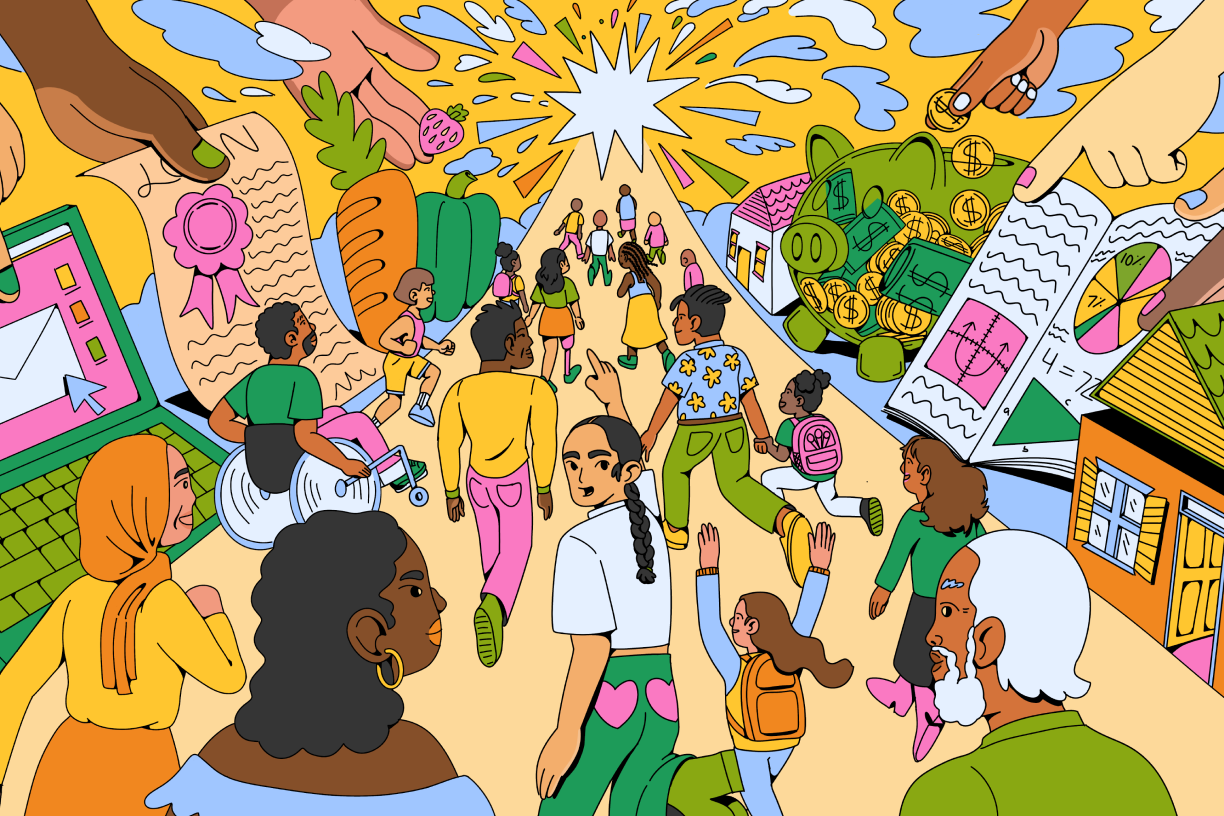
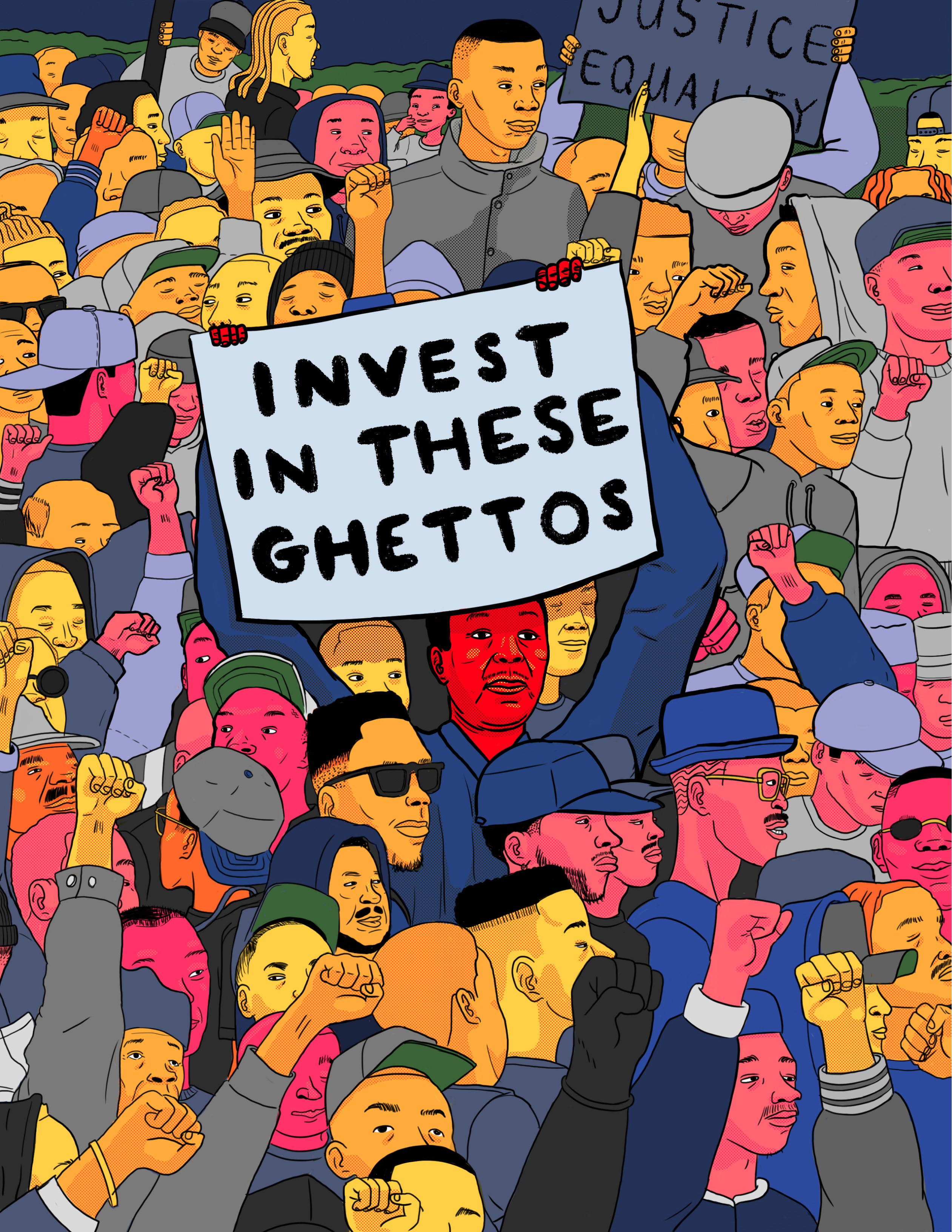
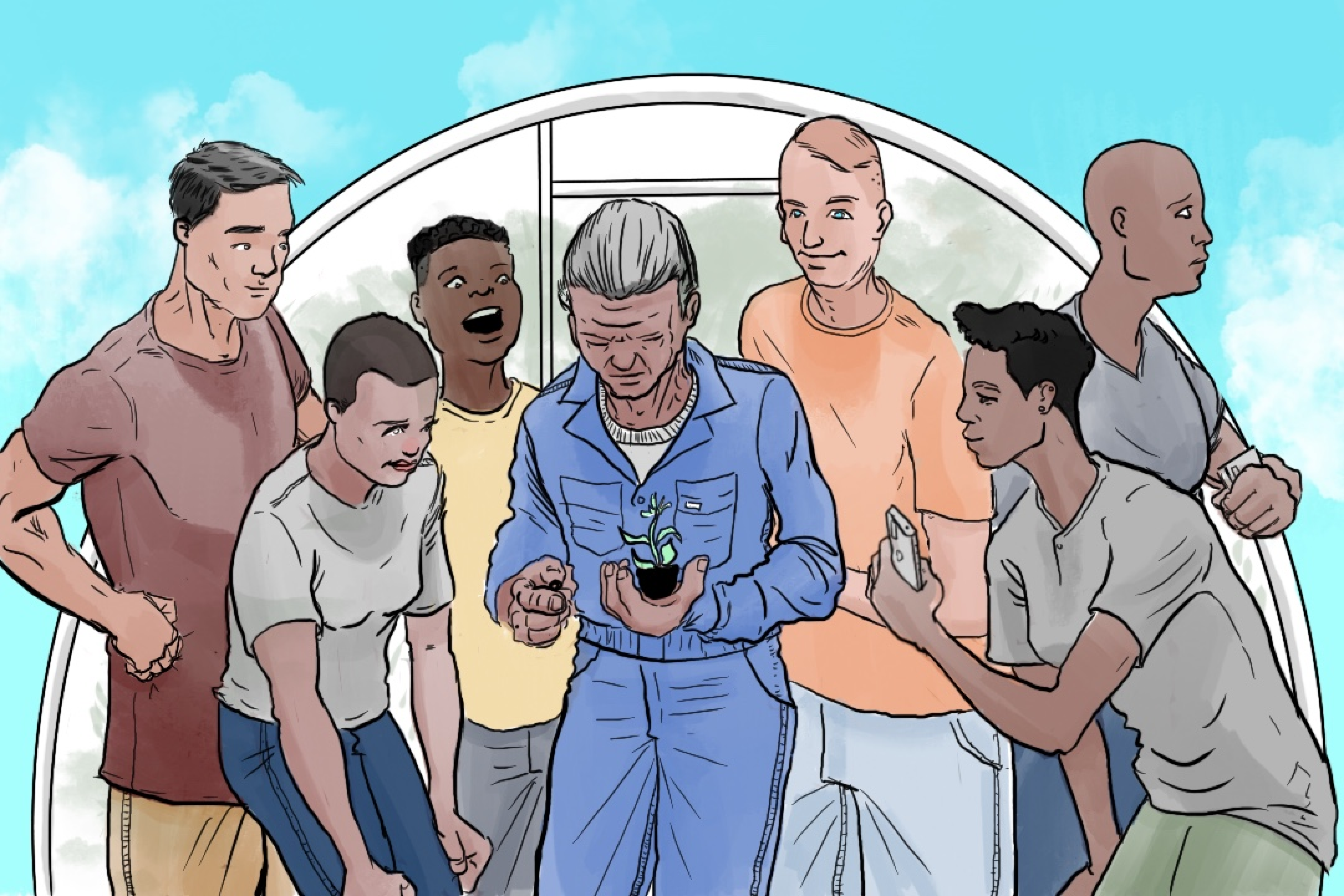
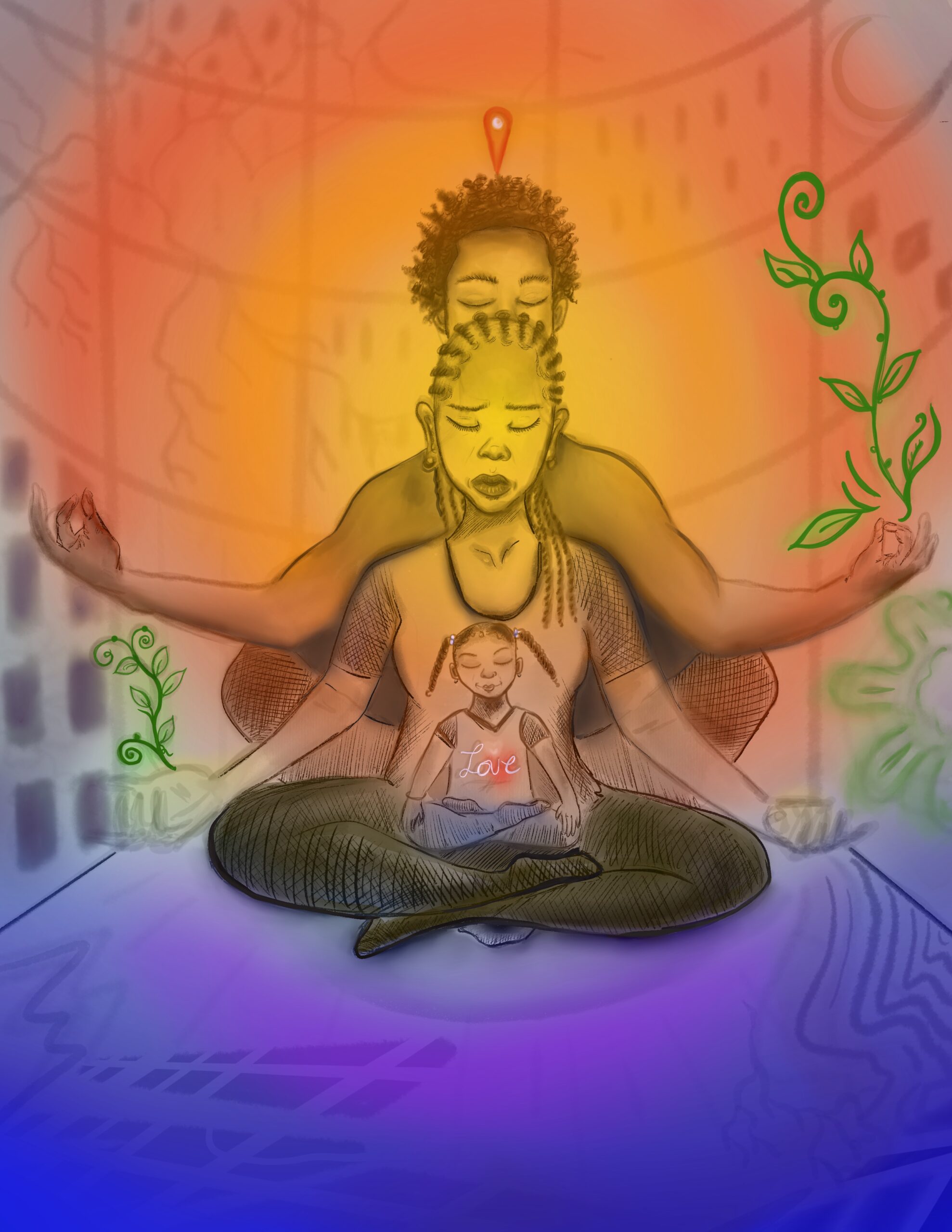

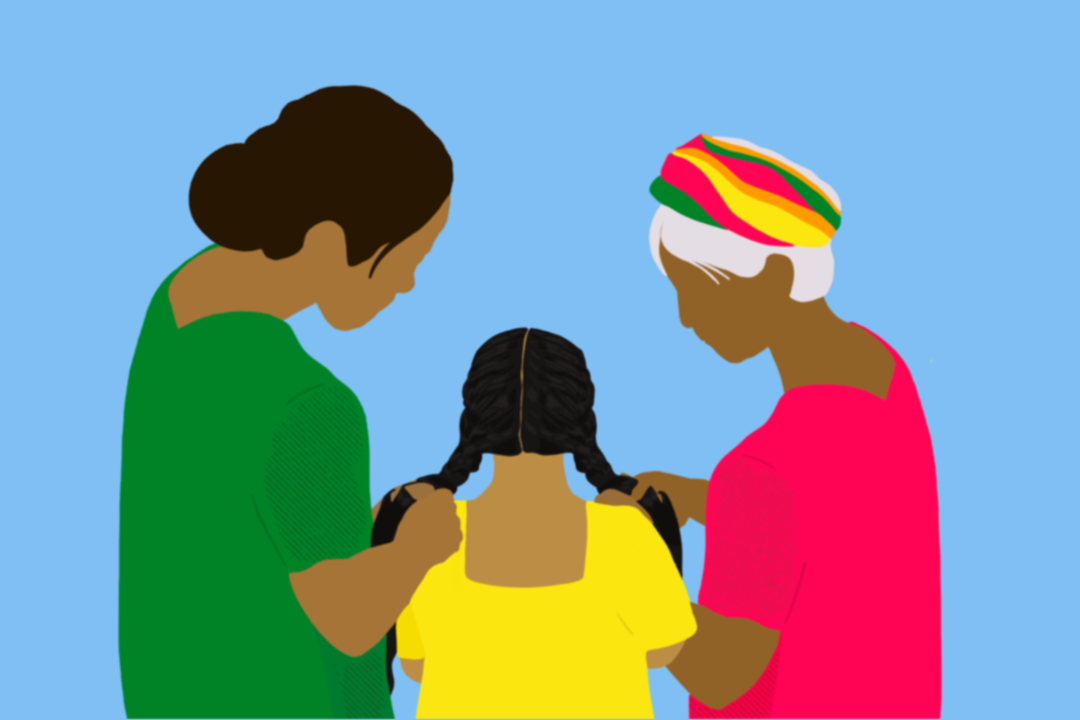
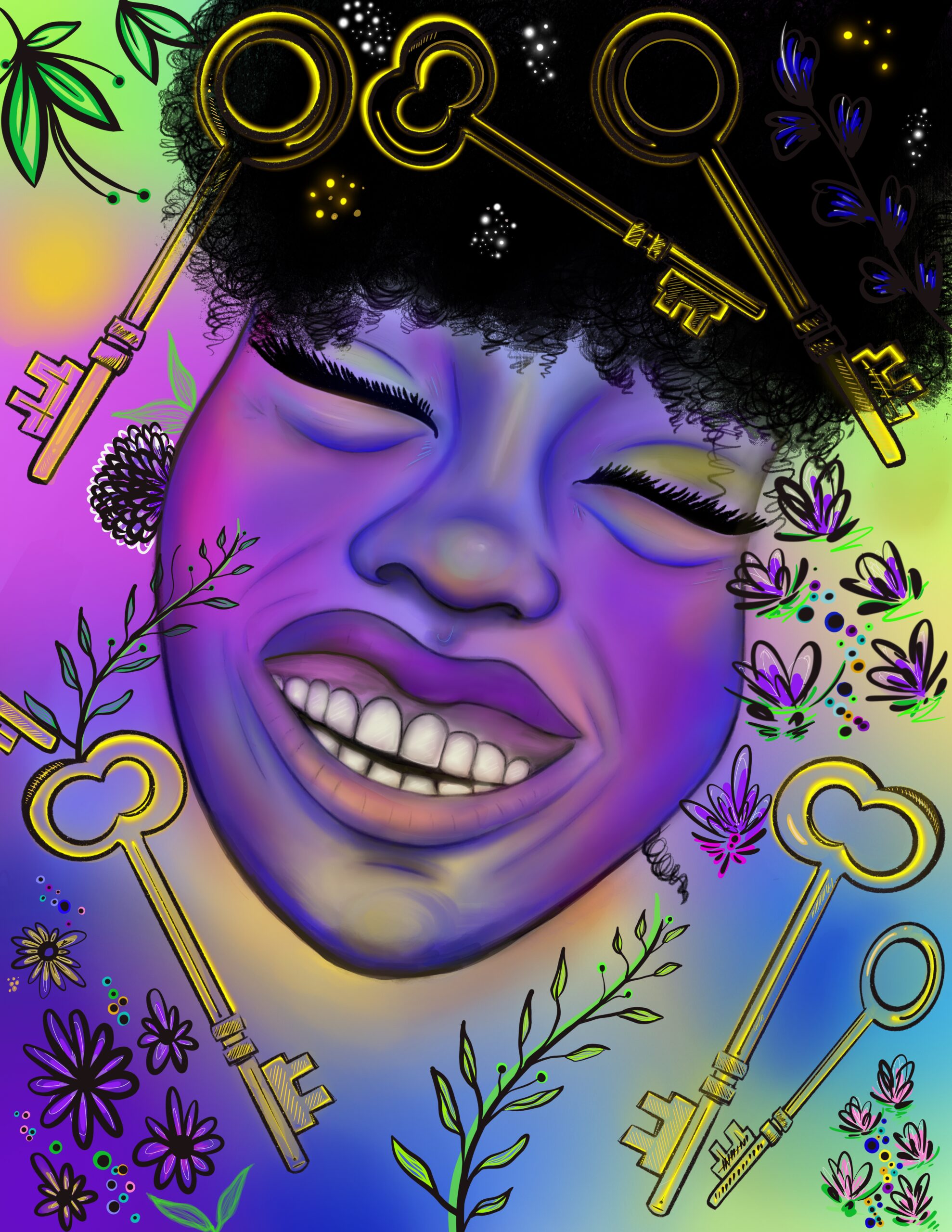
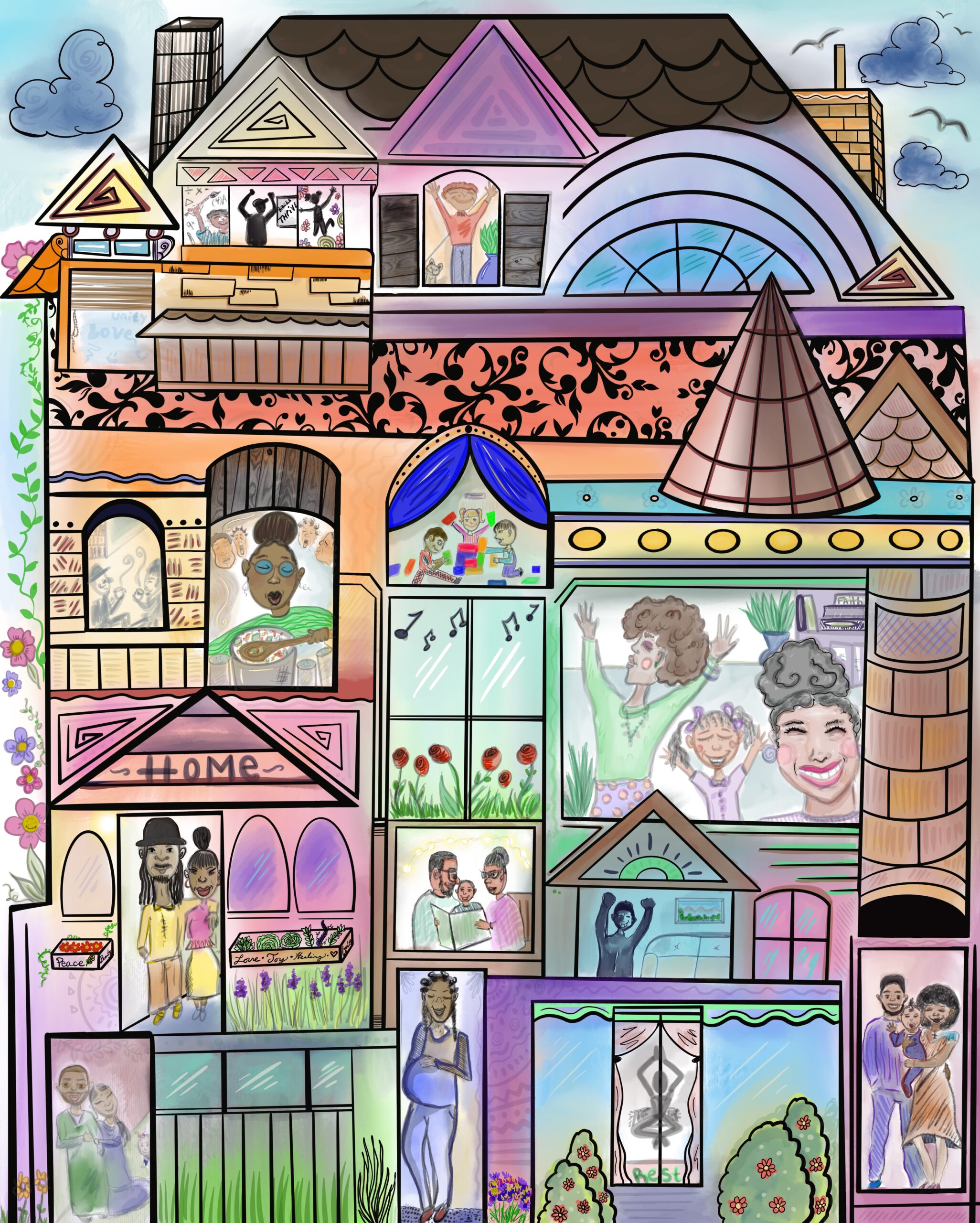
 We spent time with Ruth Thomas-Squance to explore where public health and community development can meet, where that intersection stands coming out of the pandemic, and the importance of awareness in this kind of work.
We spent time with Ruth Thomas-Squance to explore where public health and community development can meet, where that intersection stands coming out of the pandemic, and the importance of awareness in this kind of work. 
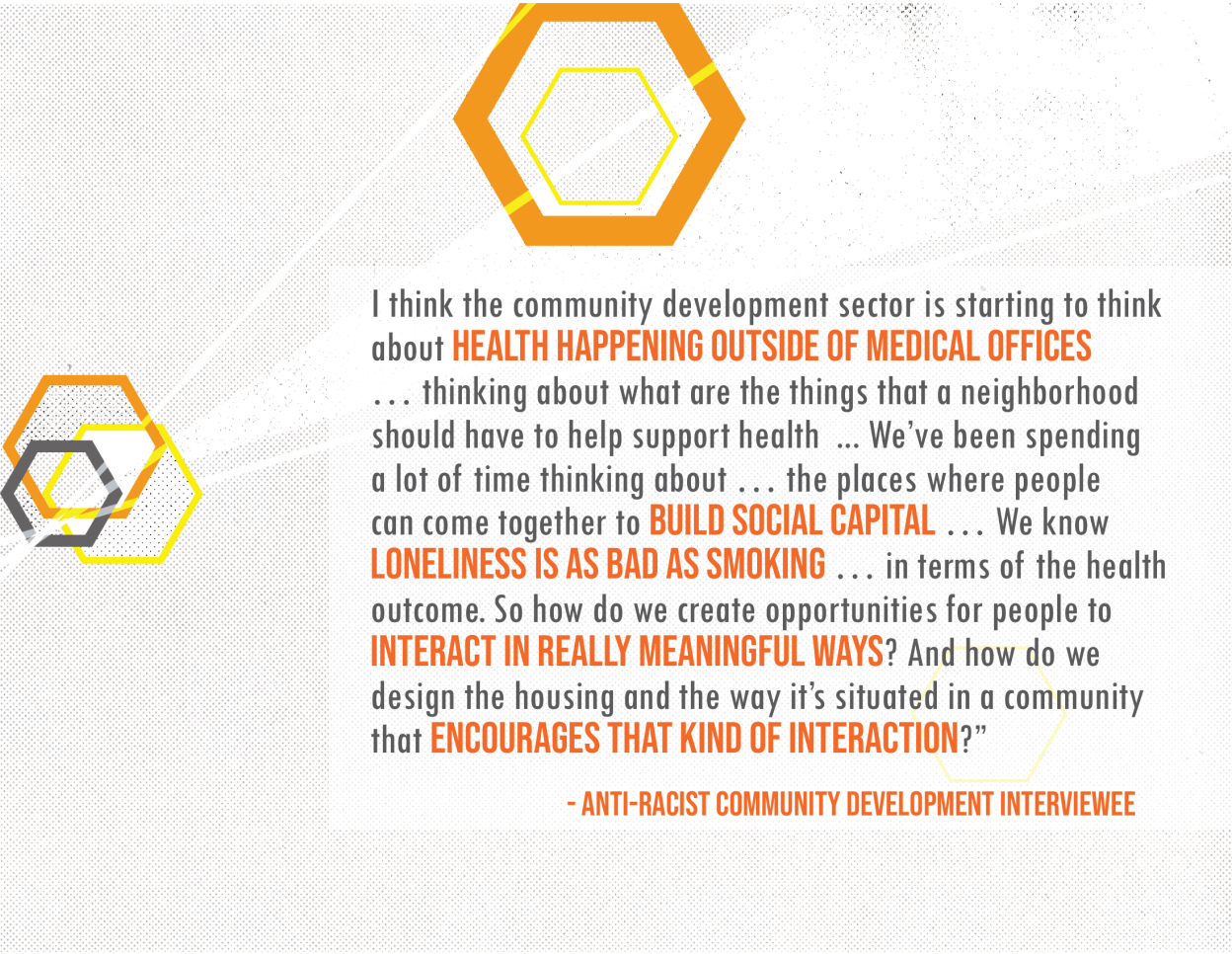

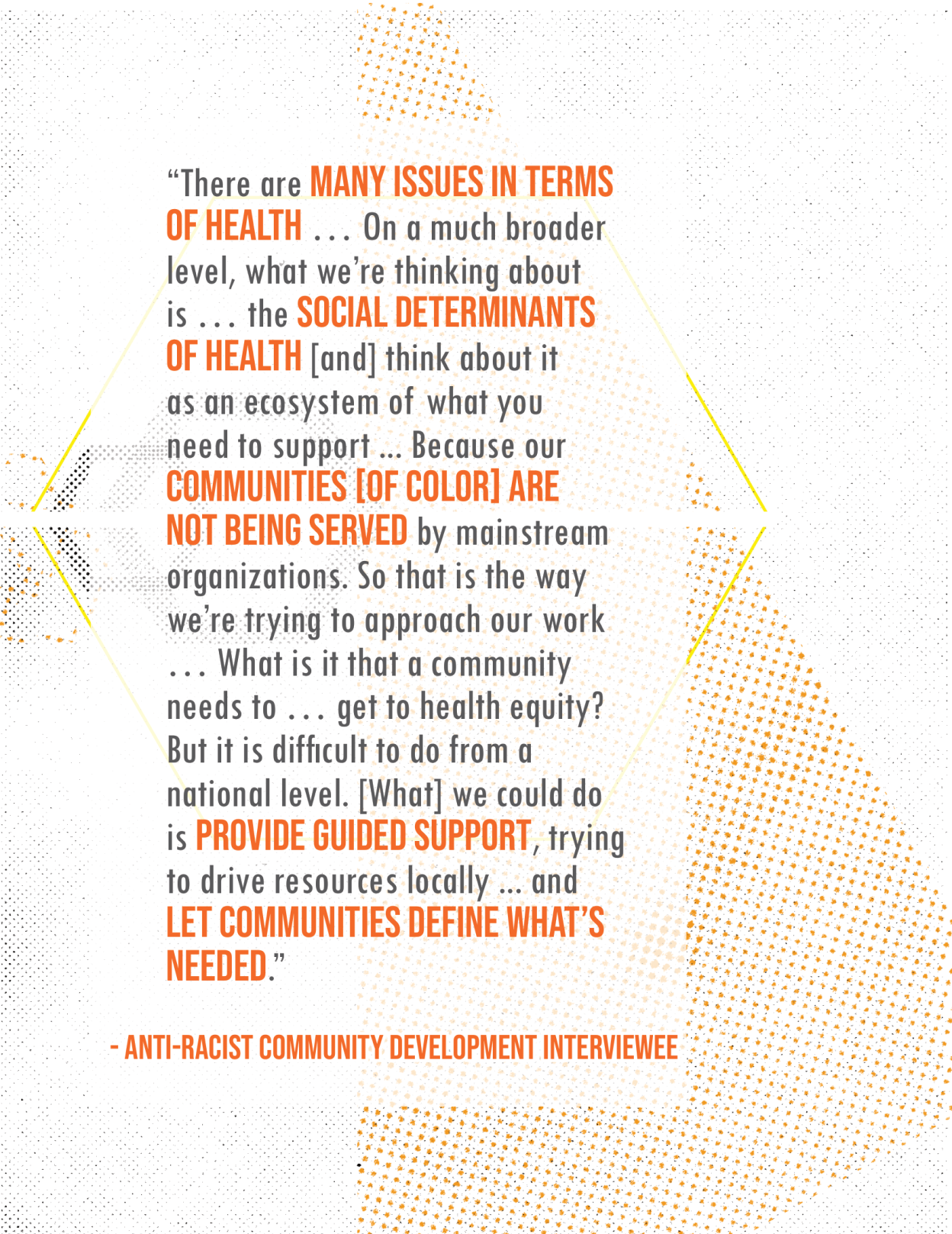
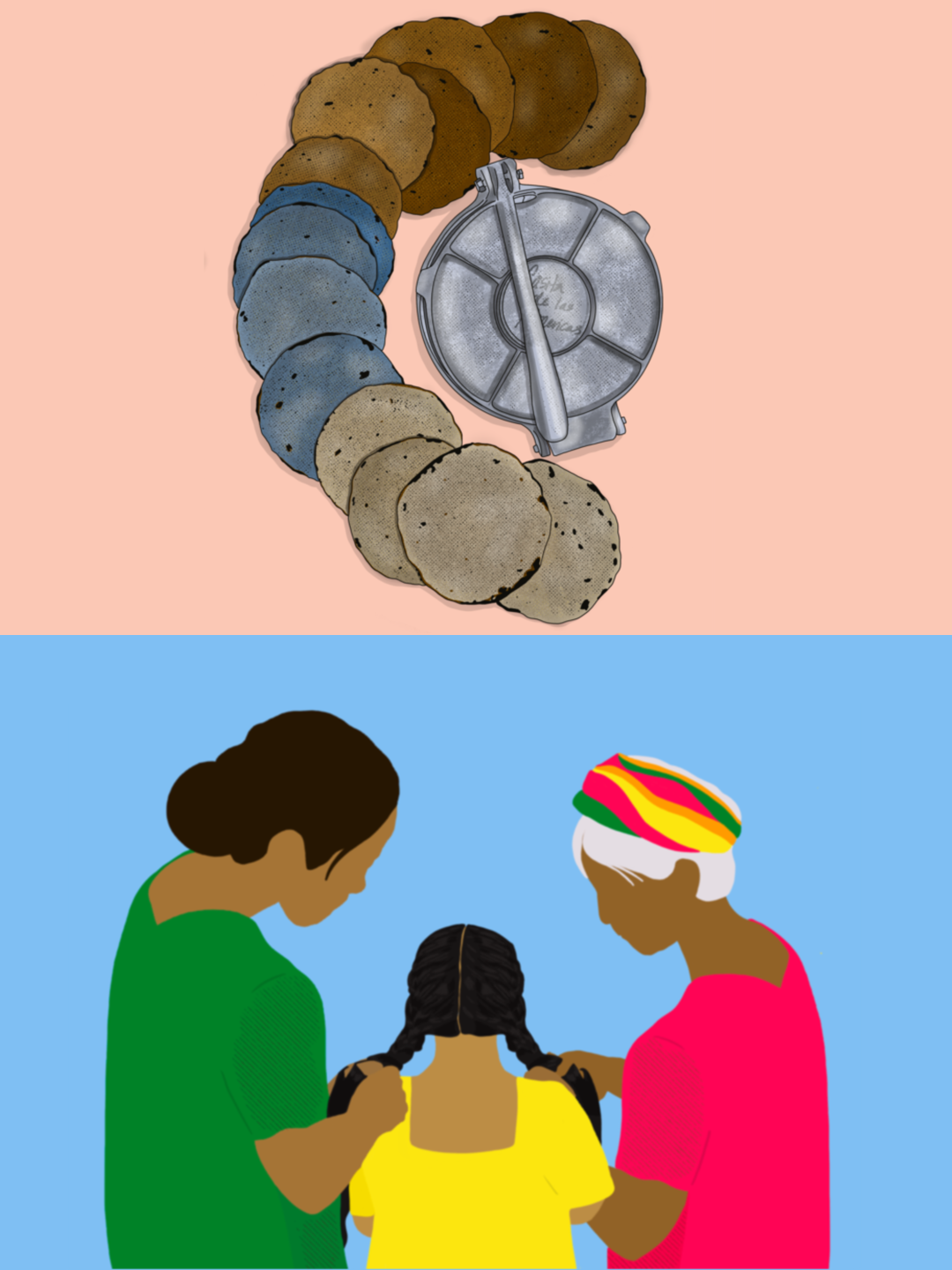

 We caught up with Rahwa Ghirmatzion to discuss what it takes to do community organizing around public health and environmental justice; what kinds of things you need to build up to sustain that work; and what all of that contributes to the pursuit of a culture of healing.
We caught up with Rahwa Ghirmatzion to discuss what it takes to do community organizing around public health and environmental justice; what kinds of things you need to build up to sustain that work; and what all of that contributes to the pursuit of a culture of healing.